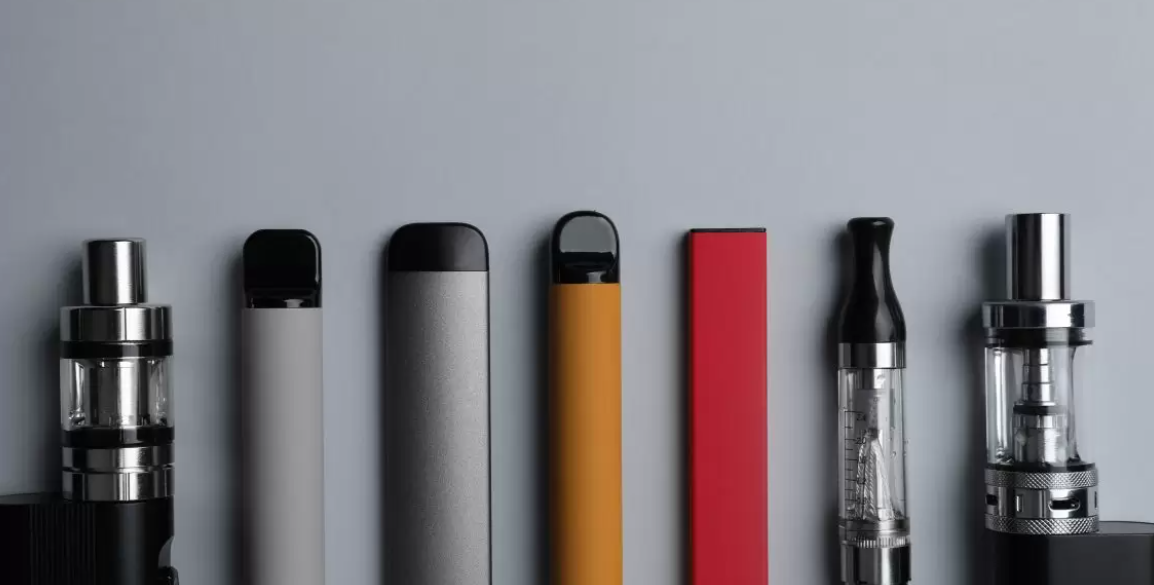Non-heated vapes offer a safe and effective alternative device design.
A typical e-cigarette heats e-liquid to create an aerosol for the user to inhale.
However, non-heated vape technologies are fast emerging as the possible next generation of products, with the potential to reduce harmful emissions, while delivering a more consistent and repeatable performance.
Here Pete Lomas, Managing Consultant at Broughton, a scientific organization that conducts vape compliance testing, explains the trend towards non-heated vape technology.
In traditional vaping technologies, the e-liquid is heated past its boiling point, turning it into a vapour.
This ‘conventional’ vaporisation is typically carried out by a heating element, such as a coil, powered by a battery.
Such products are safer alternatives to combustible cigarettes, but could they be improved and, if so, how?

Next generation products
Today, design teams working on the next generation of e-cigarettes are turning to atomization over vaporisation as a mechanism for delivering nicotine to the lungs.
Atomization is the process by which a bulk liquid is transformed using mechanical action into a fine mist or spray of liquid droplets suspended in a surrounding gas (in this case, the air).
There are several advantages to creating a product that operates on the principle of atomization.
For a start, not applying heat to the e-liquid can reduce the risk of emissions of harmful and potentially harmful constituents (HPHCs).
The vapour temperature is lower, so the risk of harm or irritation to the user is also reduced upon inhalation.
In addition, the potential to control vapour particle sizes with new atomization technologies could result in the more efficient delivery of nicotine to the lungs.
Much of the technology being used to atomize e-liquid isn’t new, just repurposed.
Piezo-ceramic meshes, for example, work by generating ultrasonic waves to vibrate the piezo element, drawing the e-liquid through the mesh and atomizing it.
Piezo atomizers are already common in medical devices such as nebulizers, used to deliver asthma medication to the lungs as an aerosol.
These are favoured since droplet size is uniformly predefined by the mesh dimensions and can be achieved with minimal energy input.
The consistent performance that can be achieved using non-heated technologies like the piezo-ceramic mesh could make them ideal candidates for approval as medicinal products in the UK.
Approval via the Marketing Authorization Application (MAA) pathway is now being encouraged by the Medicines and Healthcare products Regulatory Agency (MHRA).
Once approved, these products can be prescribed by GPs or other healthcare professionals as smoking cessation tools.
The challenges of non-heated technology
The challenge design teams currently face is to make non-heated technologies commercially viable and small enough to fit within a vaping product.
Due to the increased cost of manufacturing a non-heated system, it is expected that vapes based on non-heated technology will be available both via the MAA route and as high-end consumer products.
However, a quick search through recently published patent applications shows the many different approaches engineers are taking to produce commercially viable vaporisation products, and this may be subject to change.
Another challenge when developing non-heated vape technology has been to match the e-liquid properties with the requirements for the new technologies.
Typically, non-heated vapes require lower viscosity e-liquids than currently available for the atomization to work effectively.
However, in conventional vaping products lower viscosity liquids have historically had greater leakage issues — this will need to be addressed before widespread adoption is possible.
As the vaping industry continues to evolve, it seems likely that we’ll see more and more non-heated vapes hitting the shelves, both as consumer products and licensed medicinal products aimed at helping smokers quit.
The challenges in development are there, but they’re certainly not insurmountable, particularly if companies work with the right partner.
电子雾化与HNB产品都是新型电子产品,结构虽小,却融合应用多种材料、表面处理、芯片电子等技术工艺,而且雾化技术一直在不断更迭,供应链在逐步完善,为了促进供应链企业间有一个良好的对接交流,艾邦搭建产业微信群交流平台,欢迎加入;Vape e-cigarettes (VAPE) and Heat-Not-Burn e-cigarettes (HNB) are both emerging electronic products. Despite their compact size, they integrate various materials, surface treatment technologies, chip electronics, and other advanced technical processes. Moreover, atomization technology is constantly evolving and the supply chain is being progressively perfected. To facilitate good communication and networking among supply chain enterprises, Aibang has established an industry WeChat group communication platform and warmly welcomes interested enterprises to join.

